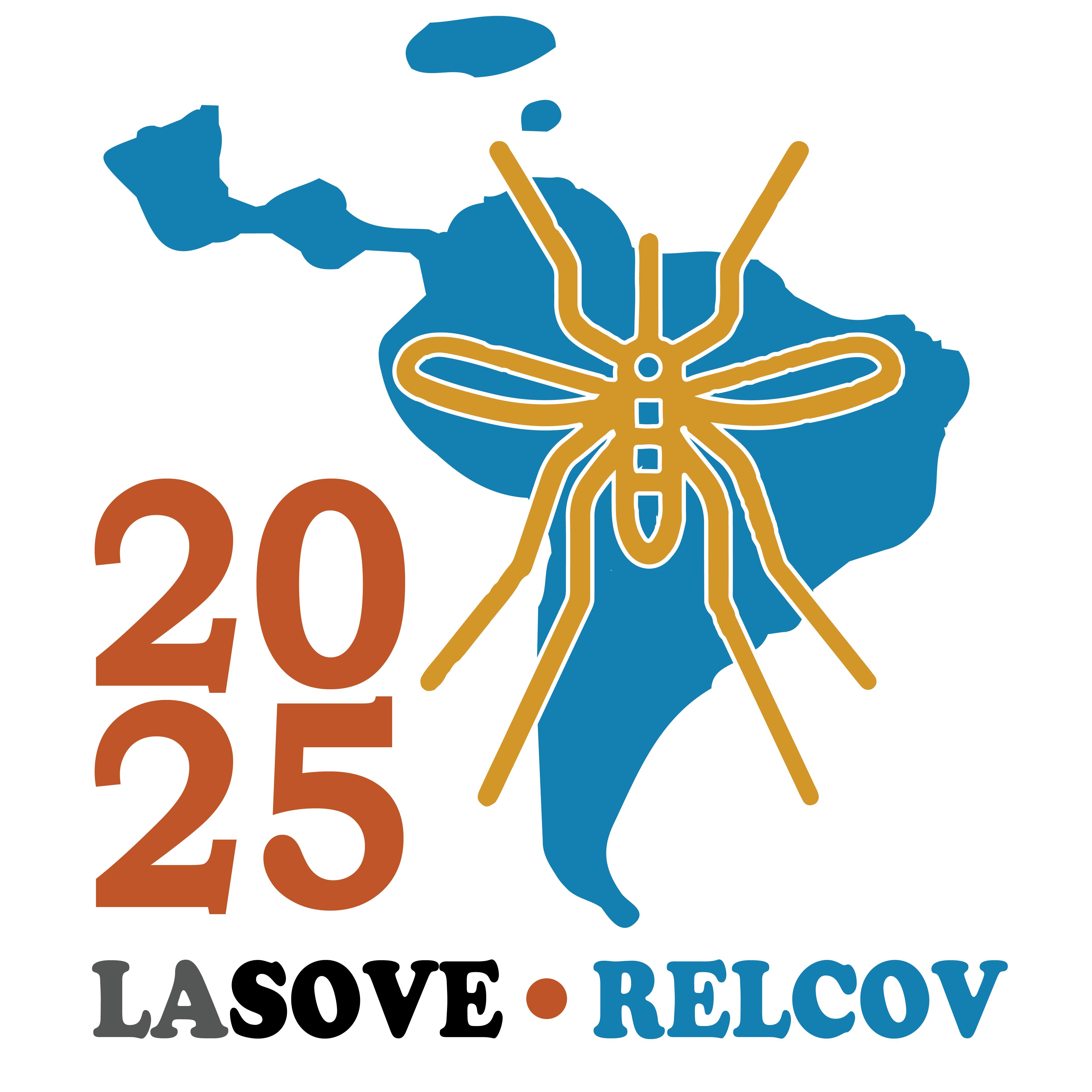Conferencia Dr. Pimenta
CONFERENCIA
The Burden of Vector-Borne Diseases in Brazil/Latin America and the Escalating Risks of Arboviral Spillovers from the Amazon: From Historical Epidemic to Emerging Virus
Dr.Paulo Filemon Paolucci PIMENTA


Dr. Paulo Filemon Paolucci Pimenta
Pesquisador Visitante Senior
Fundação de Medicina Tropical Heitor Vieira Dourado (FMT-HVD)
Investigador Senior del CNPq (nivel 1A) durante más de 25 años, fue presidente inaugural de Brazil-SOVE y de SOVE Latinoamericana. Actualmente es investigador visitante senior en la Fundación de Medicina Tropical Heitor Vieira Dourado (FMT-HVD), en Manaos, donde creó el grupo de Biología de Vectores de la Amazonía, enfocado en vectores de malaria y arbovirosis.
Es profesor y orientador en programas de posgrado en la UEA/FMT-HVD, IRR-FIOCRUZ-MG y UFMG. Ha dirigido a cerca de 70 estudiantes de maestría, doctorado y posdoctorado, y ha colaborado con más de 845 investigadores en publicaciones científicas, consolidándose como una referencia en el campo de la entomología médica.
Créditos de las imágenes utilizadas en esta página web
Virus de la Fiebre Amarilla, imagen por Erskine Palmer (Centros para el Control y la Prevención de Enfermedades), Dominio Público, Wikimedia Commons (https://commons.wikimedia.org/wiki/File:YellowFeverVirus.jpg) | Las imágenes de las personas miembro de los distintos comités de LA SOVE RELCOV 2025 así como las imágenes de los/as oradores/as fueron provistas por las mismas personas para uso exclusivo en esta página web. Los/as autores/as de estas imágenes se reservan el derecho de uso y reproducción de las mismas.
